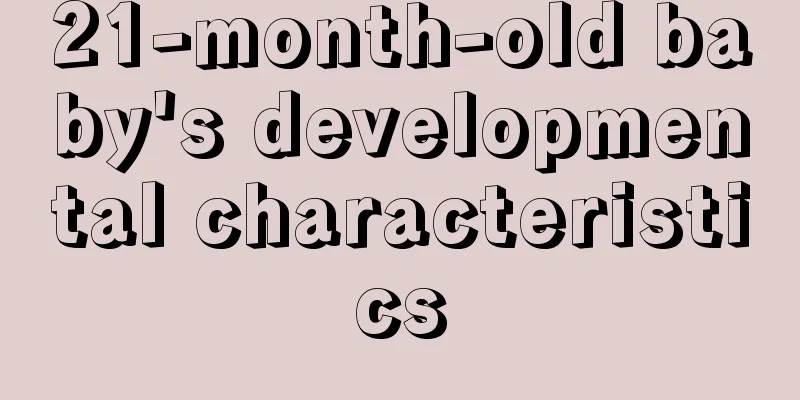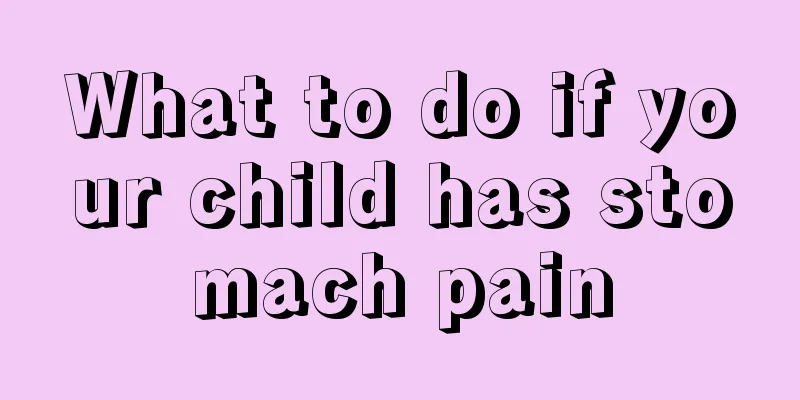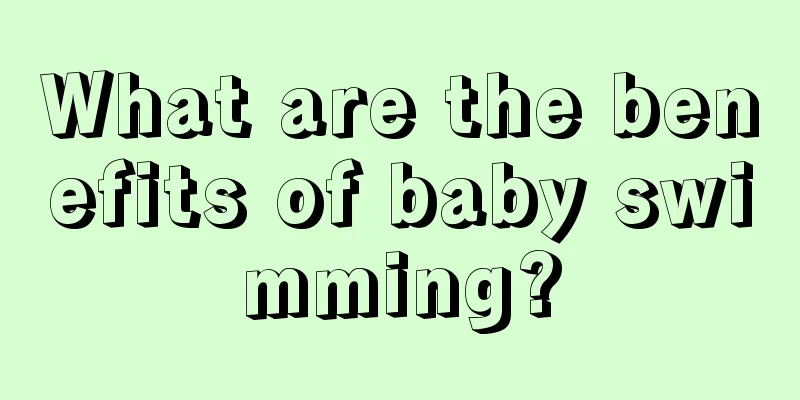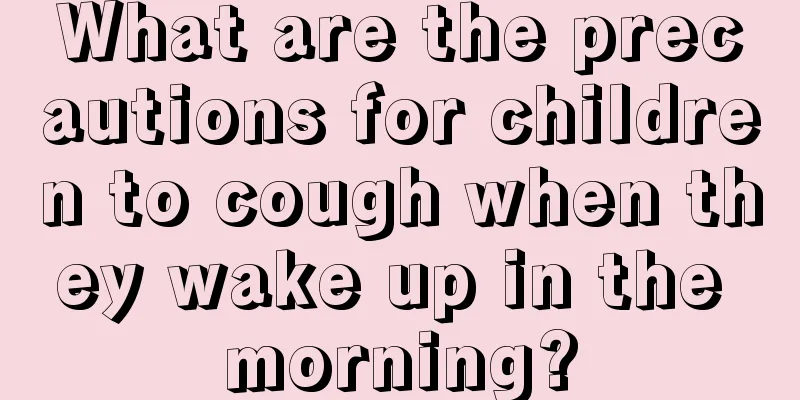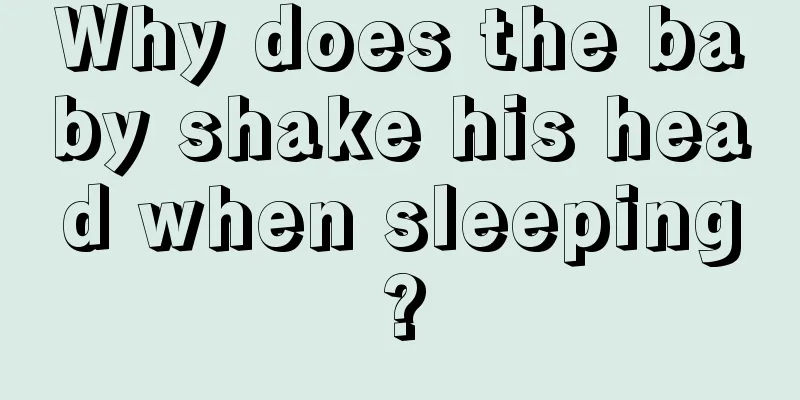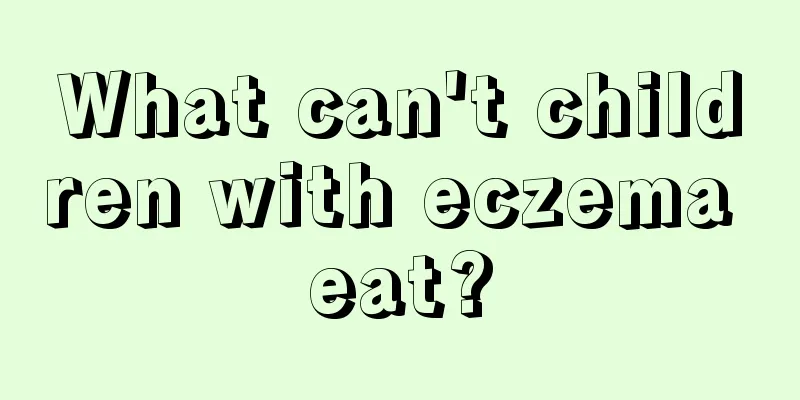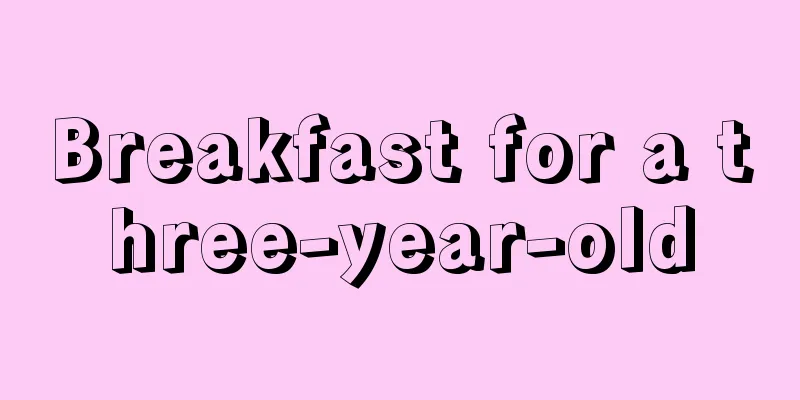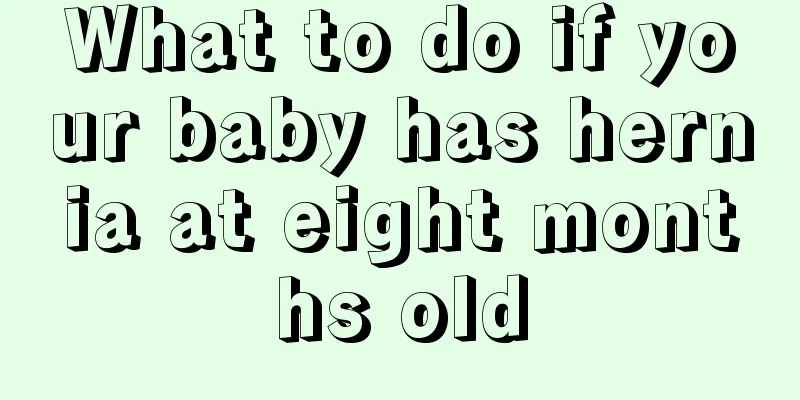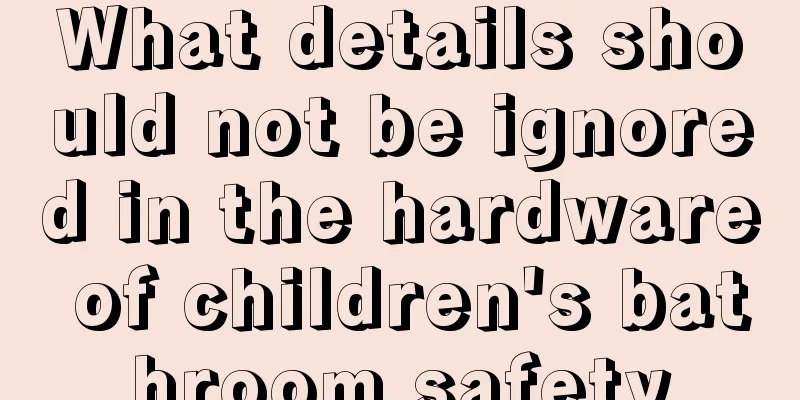What are the symptoms of encephalitis in a five-year-old child?
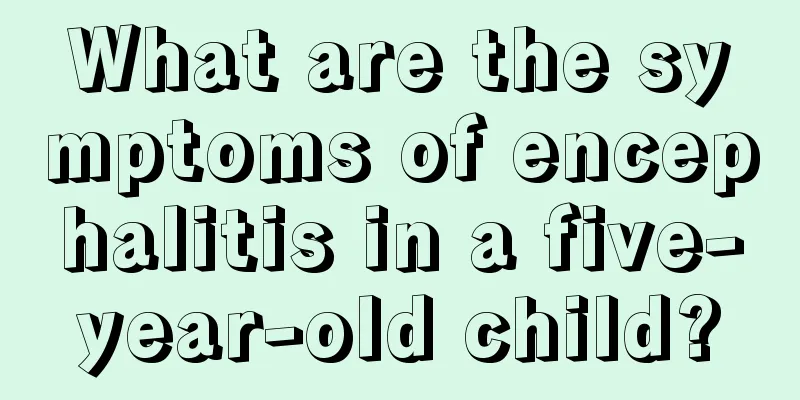
|
Because children have weak body resistance when they are young, they often suffer from one disease or another. Among them, encephalitis in children is a relatively serious disease. If this disease is not treated in time, it may be life-threatening. Therefore, many adults are very afraid of encephalitis in children. So what are the symptoms of encephalitis in 5-year-old children? Symptoms of encephalitis in children include fever, tearing, runny nose, red eyes, and fear of light. Examination may reveal small white spots on the cheek mucosa on both sides of the child's mouth, surrounded by redness, which are called measles mucosal spots. On the 3rd to 4th day of fever, children develop a red rash, which begins behind the ears and on the face and gradually spreads to the whole body. The body temperature is higher than before, and the child may also experience vomiting, diarrhea, coughing, etc. 3 to 5 days after the rash appears, the rash on the whole body gradually subsides in the order in which it appeared, the body temperature drops, and the condition improves. Measles may be accompanied by pneumonia, laryngitis, encephalitis, and may also cause subacute sclerosing panencephalitis. Early symptoms Encephalitis is divided into viral encephalitis, bacterial encephalitis and tuberculous encephalitis. The first two are more common. The severity of encephalitis mainly depends on the part of the nervous system infected, and the symptoms can be mild or severe. For children, encephalitis can be the first sign of the disease, or it can develop into encephalitis if colds or diarrhea are not treated in time. Take viral cold as an example. At the beginning, the virus only exists in the lymphatic system, and then invades the upper respiratory tract, at which time the symptoms of a cold appear. If not treated promptly, the virus will "infiltrate" the blood. As the blood flows, the virus may settle somewhere in the brain, causing encephalitis. The early symptoms of encephalitis are similar to those of a cold. Patients will experience fever, body aches, poor appetite, etc. As the disease progresses, patients will experience neurological manifestations such as drowsiness, excitement, and convulsions. Children with encephalitis are often misdiagnosed as having a cold in the early stages, missing the best time for treatment. Therefore, when children have cold symptoms, abnormal mental behavior, infants and young children refuse to eat, have headaches, and general cold treatments are ineffective, You should be highly alert to the possibility of encephalitis and take your child to a regular hospital to see a specialist for examination in time. The above are some manifestations of the early symptoms of encephalitis. If your child has a fever, cold-like symptoms, and is sleepy, it is best to take your child to the hospital for a detailed examination. The earlier encephalitis is discovered, the easier it is to treat. In addition, you must pay more attention to observing your child and let him or her develop good living habits. It is important to prevent encephalitis in advance. |
<<: What’s going on when a child has a bloated belly?
>>: How many teeth should be replaced?
Recommend
What foods can children eat to cure constipation?
Children's gastrointestinal function is relat...
How to improve children's memory
We usually think that good memory is a sign of in...
Is it normal for a three month old baby to lose hair?
Some new mothers found that their babies started ...
Commonly used drugs for tonsillitis in children
Babies have very weak resistance. If parents do n...
What is the normal body temperature for a one month old baby?
The temperature regulation function of a one-mont...
How to comfort a child
What does it feel like to have a child at home? M...
Can ADHD in children be cured?
A person's life basically ends when he or she...
How tall is normal for a two-month-old baby?
Babies are very important to every family. The bi...
White spots on baby's face
The appearance of white spots on a child's fa...
What to do if your child has heavy moisture
It is very harmful to human health to have dampne...
Home prevention and treatment of mycoplasma infection in children
Children have weaker resistance and are most vuln...
What to do if a newborn baby has a stuffy nose? Six methods to solve it
There are four types of nasal congestion in newbo...
What's wrong with a newborn baby crying after pooping?
It is very common for newborns to poop, but it is...
What to do if a one and a half year old child has a fever
Children can be the hope of the entire family. On...
The child has allergic purpura
Allergic purpura is a relatively common disease a...
